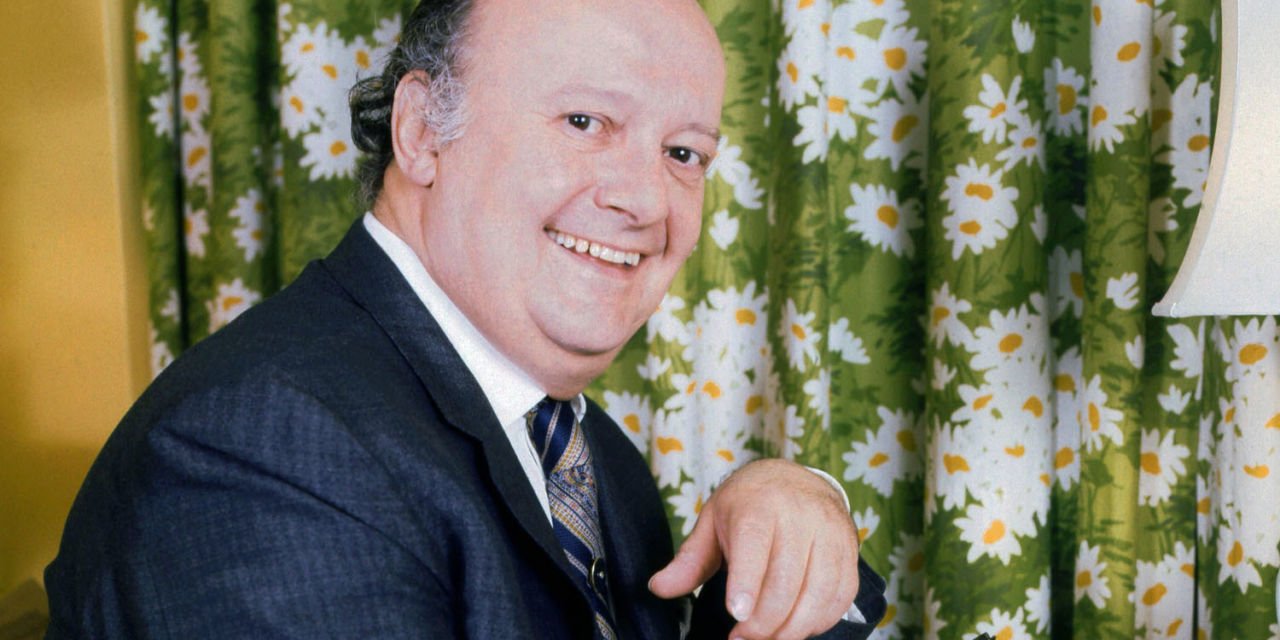Name: Tito Gobbi
Born: 24 October 1913
Died: 5 March 1984
Place of birth: Bassano del Grappa, Venice, Italy
Known for: internationally renowned baritone with a repertoire of almost 100 operatic roles; he sung in more than 25 films and stage directed 10 operas.
Career
Italian baritone Tito Gobbi’s professional career began 1935 in the northeastern Italian town of Gubbio, playing Count Rodolfo in Bellini’s La sonnambula (The Sleepwalker, 1827). Following this he was hired by the Scala in Milan as an understudy for the 1935-36 season. His first appearance there was as the Herald in Pizzetti’s Orsèolo (1935).
In 1936 he won first prize in the male vocal section of the Vienna International Competition. This raised his profile and the following year he sang the role of the elder Germont in Verdi’s La traviata (The Fallen Woman, 1853) at Teatro Adriano, then Rome’s second most important opera house.
This fateful performance brought him to the attention of celebrated conductor Tullio Serafin; he auditioned for the maestro and was invited to join the Teatro Reale Company in Rome (later the Rome Opera). From 1938 onwards he performed in stage productions with the company, for example singing the role of Sharpless in Puccini’s Madama Butterfly (1904) under conductor Victor de Sabata.
In 1940 he first performed the role that was to become his signature: Scarpia in Puccini’s Tosca (1900). This was in a guest appearance at the central Italian town of Rieti.
It was after World War II, though, that Gobbi’s international career took off. He had engagements at opera houses all around the world, garnering enormous respect for his vocal and acting realism and professionalism.
He debuted at the San Francisco Opera in 1948 as Figaro in Rossini’s Barber of Seville (1816) and at the Royal Opera House as Belcore in Donizetti’s L’Elisir d’Amore (The Elixir of Love, 1832) when the La Scala Company toured there in 1950. He made his debut at New York’s Metropolitan Opera in 1956, playing – who else? – Scarpia; his final performance at the Met was also as Scarpia, in 1976.
In the 1960s, Gobbi moved into stage direction, including a 1976 production of Tosca at the Met with American baritone Cornell MacNeil as Scarpia and a December 1965 production of Verdi’s Simon Boccanegra (1857) at Covent Garden.
Gobbi also starred in several films between 1937 and 1959, including several filmed operas such as 1946’s The Barber of Seville directed by Mario Costa.
He retired from the stage in 1979 and published two books: his autobiography Tito Gobbi: My Life, and Tito Gobbi and His World of Italian Opera in which he examined many of the operas in which he either performed or directed.
Personal life
Born in the Venetian town of Bassano del Grappa on 24 October 1913, to Giovanni and Enrica (née Weiss) Gobbi, Tito Gobbi was one of five children. The Gobbis were a prosperous family. Giovanni trained as an engineer and worked in the family business. Gobbi’s mother was Austrian, born in Bolzano.
Gobbi didn’t plan to become an opera singer. He originally studied law at the University of Padua with a view to entering the family business, but his singing talent was noted by Baron Agostino Zanchetta, a family friend. On the baron’s urging, Gobbi swapped to studying singing, moving to Rome in 1932 to study under influential Italian tenor Giulio Crimi to do so.
The singer claimed that at three years old he developed a stammer – an affliction that would have ended his career long before it even began. However, a blow to the head, he said, cured him. As a schoolchild of about 11 he developed asthma – something else that would have put paid to a singing career.
His father paid for the ministrations of Giovanni dal Sasso as a personal trainer. dal Sasso’s regime was a tough one, but it appears to have done the trick and the young Tito was transformed into “a big strapping chap without a trace of breathing trouble”, according to his autobiography.
In April 1937, he married Tilde de Rensis, the daughter of Raffaello de Rensis, who at that time, was one of the most distinguished musicologists in Italy. They had a daughter, Cecilia, who now runs the Associazione Musicale Tito Gobbi, an organisation dedicated to preserving her father’s operatic legacy.
Tito Gobbi died in Rome on 5 March 1984, aged 70. He had been suffering from cancer.
Did you know?
He played Scarpia in Puccini’s Tosca almost 1,000 times, including opposite Maria Callas’s Tosca in the famed 1953 de Sabata recording.
Best-known roles
Gobbi was particularly known for singing the baritone roles of Verdi and Puccini. However, his signature role was Scarpia and his most famous recording was with Maria Callas in 1953.
Image
Tito Gobbi in a hotel room in London in 1973. He was in the city to perform at the Royal Opera House (Alan Warren).


in my hummr f ble opinian i dont think anyone can surpass his role as scarpia in the callas tosca what sublime magic mrfrank howgate